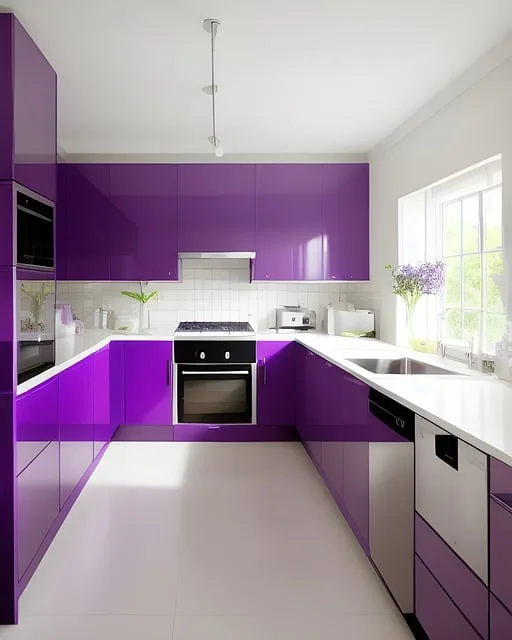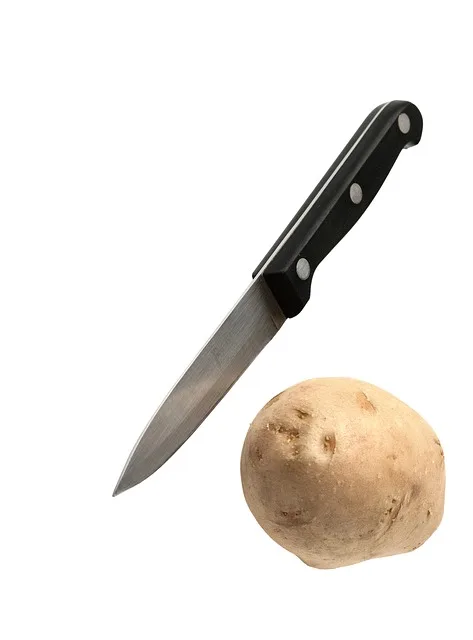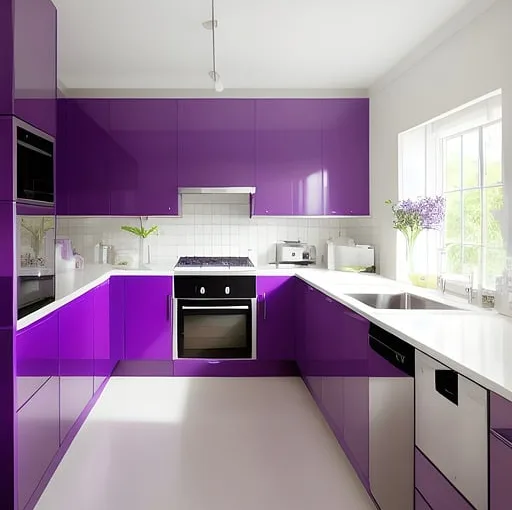First off, you’ll want to locate the studs in your wall. Think of studs as the hidden superheroes of your wall—they provide the strength your cabinets need. You can use a stud finder or simply knock on the wall; a solid sound usually means you’ve hit a stud. Mark these spots with a pencil, and you’re already halfway there!
Next, it’s time to lift those cabinets into place. This is where a buddy comes in handy—trust me, you don’t want to be wrestling with heavy cabinets alone! Once they’re up, use a level to make sure everything is straight. A crooked cabinet is like a wobbly table; it just doesn’t work!
Now, here’s the magic part: securing them. Use long screws that go into the studs you found earlier. Think of these screws as the glue that holds your cabinets firmly in place. Drill them through the cabinet’s mounting rail into the studs. If you’re feeling extra cautious, you can also add brackets for additional support. It’s like giving your cabinets a safety harness!
Finally, don’t forget to check for any gaps between the cabinets and the wall. If you see any, a little caulk can work wonders, filling in those spaces and giving your kitchen a polished look. With these steps, your kitchen cabinets will be as secure as a treasure chest, ready to hold all your culinary treasures!
Nail It Down: Expert Tips for Securing Your Kitchen Cabinets to the Wall
First off, you’ll want to start with the right tools. A stud finder is your best friend here. Think of it as your treasure map, guiding you to the hidden gems in your wall—the studs. These sturdy wooden beams are what you’ll be anchoring your cabinets to, ensuring they’re as secure as a vault. Once you’ve located those studs, grab some heavy-duty screws. Regular screws might work for a quick fix, but if you want your cabinets to withstand the test of time (and the occasional enthusiastic chef), go for the gold.

Next, consider using a level. Picture this: you’ve just installed your cabinets, and they look great—until you realize one side is higher than the other. Talk about a buzzkill! A level will help you keep everything straight and aligned, so your kitchen doesn’t end up looking like a funhouse mirror.
Don’t forget about the brackets! These little heroes provide extra support. Think of them as the sidekicks to your cabinets, holding everything in place and preventing any unwanted movement. Installing L-brackets at the top of your cabinets can make a world of difference.
Lastly, always double-check your work. It’s like proofreading an important email; you want to catch any mistakes before they become a problem. So, take a step back, admire your handiwork, and ensure everything is secure. With these tips, your kitchen cabinets will be as solid as your culinary skills!
The Ultimate Guide to Wall-Mounting Kitchen Cabinets: Safety First!

First off, you need to choose the right hardware. Think of it like picking the right shoes for a marathon; you wouldn’t want to run in flip-flops, right? Heavy-duty brackets and screws are essential for keeping those cabinets securely in place. Look for options that can handle the weight of your cabinets plus all the goodies you plan to store inside.
Next, it’s all about finding the studs in your wall. Just like a treasure hunt, you’ll want to locate those sturdy wooden beams that provide the best support. Use a stud finder—trust me, it’s a game changer! Once you’ve marked your studs, it’s time to measure twice and drill once. Precision is key here; a little miscalculation can lead to a wobbly cabinet that’s just waiting to tumble down.
Now, let’s talk about leveling. Picture this: a cabinet that’s higher on one side than the other. It’s like a lopsided cake—nobody wants that! Use a level to ensure everything is straight and even. This not only looks better but also helps distribute weight evenly, reducing the risk of accidents.
Lastly, don’t forget to secure your cabinets to the wall with safety straps. Think of them as seatbelts for your kitchen. They provide that extra layer of security, especially if you have little ones running around. So, gear up and get ready to transform your kitchen safely!
Avoid Disaster: How to Properly Attach Kitchen Cabinets for Long-Lasting Stability
First off, you’ll want to start with a solid plan. Measure twice, cut once, right? Make sure your wall is level and free from any obstructions. If your walls are a bit wonky, don’t panic! You can use shims to create a level surface. Think of shims as the little heroes of your cabinet installation, stepping in to save the day.
Next, grab some sturdy screws. You wouldn’t use flimsy thread to hold up a heavy curtain, would you? The same logic applies here. Use at least 2.5-inch screws to secure your cabinets to the wall studs. If you can’t find the studs, a stud finder is your best friend. It’s like having a treasure map that leads you to the gold!
Now, let’s talk about the actual attachment. Start by hanging the upper cabinets first. This way, you won’t have to worry about bumping into them while installing the lower ones. Use a level to ensure they’re straight—nothing screams “amateur” like crooked cabinets! Once they’re in place, secure them tightly, and don’t forget to check for any gaps.
From Wobbly to Rock Solid: Mastering the Art of Cabinet Installation
First things first, let’s talk about preparation. Just like a chef preps their ingredients before cooking, you need to gather your tools and materials. A level, drill, screws, and brackets are your best friends here. Think of them as the trusty sidekicks in your cabinet installation adventure. And don’t forget to measure twice—because nobody wants to end up with a cabinet that’s off-kilter!
Now, when it comes to actually hanging the cabinet, it’s all about finding that sweet spot. You want to secure it to the wall studs, which are like the backbone of your home. If you skip this step, you might as well be hanging it on a cloud! Use a stud finder to locate those sturdy beams, and then mark your spots.
Once you’ve got your marks, it’s time to drill. Picture this: you’re a sculptor chiseling away at a block of marble, shaping it into something beautiful. Each drill hole is a step toward your masterpiece. After securing the cabinet, check it with your level. If it’s not perfect, don’t sweat it! Just adjust it until it’s sitting pretty.
Frequently Asked Questions
How Do I Prevent Cabinets from Tipping Over After Installation?
To prevent cabinets from tipping over after installation, ensure they are securely anchored to the wall using brackets or screws. Use a level to confirm they are straight, and distribute weight evenly within the cabinets. Additionally, consider using anti-tip devices for added safety, especially in homes with children or pets.
How Can I Ensure My Cabinets Are Level When Installing?
To ensure your cabinets are level during installation, start by using a level tool to check the floor for any unevenness. Adjust the cabinet legs or shims as needed to achieve a level surface. Secure the cabinets together and to the wall, rechecking the level after each adjustment. Finally, confirm that all doors and drawers operate smoothly, indicating proper leveling.
How Do I Choose the Right Wall Anchors for Kitchen Cabinets?
Selecting appropriate wall anchors for kitchen cabinets involves assessing the wall material, the weight of the cabinets, and the type of anchor suitable for that weight. For drywall, toggle bolts or molly bolts are effective, while masonry walls require expansion anchors. Always ensure the anchors are rated for the load they will bear to ensure safety and stability.
What Tools Do I Need to Securely Attach Kitchen Cabinets?
To securely attach kitchen cabinets, you will need a drill, screws, a level, a stud finder, and a measuring tape. The drill is essential for making holes and driving screws, while screws provide the necessary strength for attachment. A level ensures that cabinets are straight, and a stud finder helps locate wall studs for secure anchoring. Finally, a measuring tape is crucial for accurate placement and alignment.
What Is the Best Method for Mounting Cabinets to Drywall?
To securely mount cabinets to drywall, use a combination of wall anchors and screws. First, locate the wall studs for added support, as they provide the strongest hold. If studs are not available where you need to mount, use heavy-duty toggle bolts or molly bolts to distribute the weight. Ensure the cabinets are level and use a level tool during installation. For best results, pre-drill holes and use screws that are appropriate for the weight of the cabinets.
